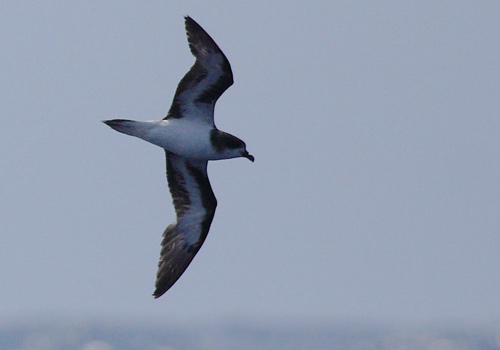Bermuda is a British island territory in the North Atlantic Ocean known for its pink-sand beaches such as Elbow Beach and Horseshoe Bay. The island has a distinctive blend of British and American culture, which can be found in the capital, Hamilton.
Nearly 400 species of birds have been recorded in Bermuda; a remarkable number for a country of only 21 square miles. This is due to the island’s isolated location in the North Atlantic, attracting birds from all directions. As well as deliberate migrants taking a break on their way south or north, vagrant birds can arrive as spring over-shoots or be blown down from the north in winter storms. There are even strays from the eastern side of the Atlantic. It is in the fall that most birds are observed as a result of weather systems moving off the east coast of North America. Over 200 species are recorded on average each year.
There are 17 permanent resident breeding species of bird in Bermuda. Of these, seven are native and one – the White-eyed Vireo – is an endemic sub-species. There are also two winter visitors that are occasional breeders: American Coots and Pied-billed Grebes.
Three seabird species visit the island to breed. The endangered Bermuda Petrel (Cahow) is endemic and breeds only in Bermuda. The White-tailed Tropicbird (Longtail) is found in other parts of the world also, but Bermuda possibly has the largest breeding population in the Atlantic. The Common Tern has become an increasingly scarce breeder, with only a few pairs visiting each year.

Bermuda Petrel © Gareth Knass
No Trip Reports Have Been Posted for this Region Yet.
Showing the 4 Latest Recent Sightings Posted
Bermuda, week ending 21st June.
South Polar Skua, 1 author Paul Watson (added June 21, 2006)
Coopers Point Nature Reserve, Juvenile South Polar Skua, seen from seawatch author Paul Watson (added May 30, 2006)
Coopers Island Nature Reserve, and Airport perimeter, 2 Bermuda Petrel (Pteredroma cahow) seen from author Paul Watson (added February 15, 2006)
Hamilton Harbour, Xmas Eve sightings
1 Magnificent Frigatebird author Paul Watson (added December 26, 2005)